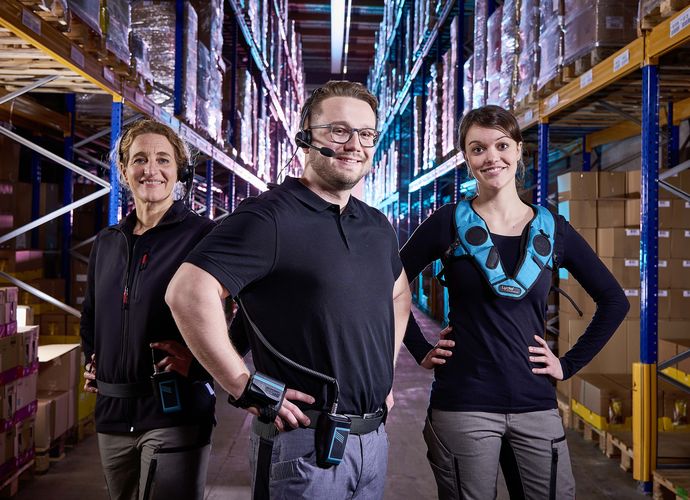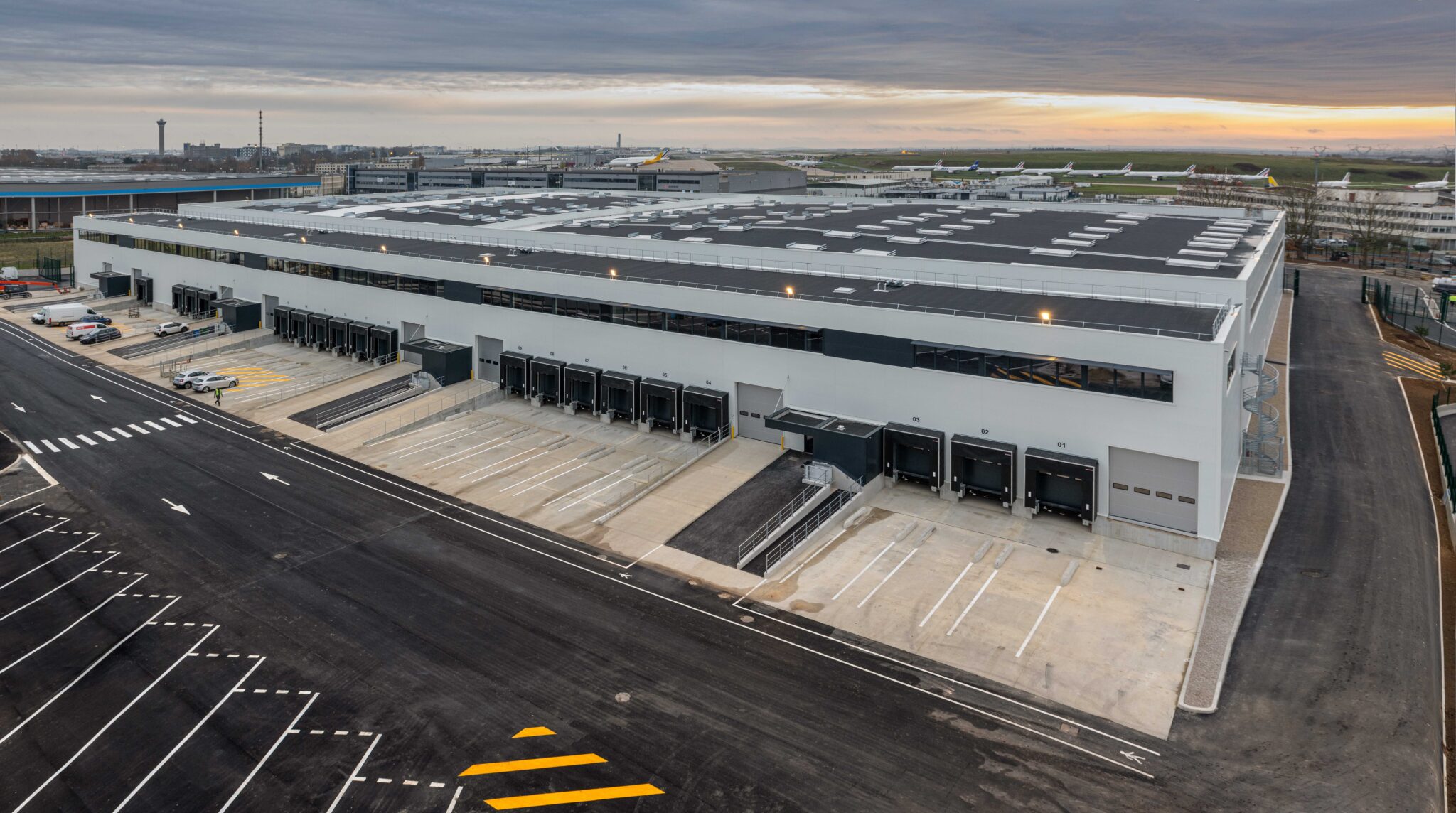García Baquero, a well-known Spanish company with an international presence in more than 60 countries dedicated to the production and distribution of dairy products, has improved its intralogistics with a clad-rack warehouse for pallets installed by AR Racking in Ciudad Real, Spain.
The new warehouse has 36m-high racking which, apart from storing the load, is part of the structure of the building supporting the external enclosures. The main characteristic of clad-rack warehouses is that the racking is part of the building structure, thus fully exploiting the space. García Baquero’s new warehouse, covering 1,080 sq m, is equipped with a stacker crane to handle the goods.
AR Racking, a company that specialises in industrial storage systems, worked on this project with a European engineering company to integrate automated elements in the racking structure. The new centre is also designed to store refrigerated products so “the structure has AR Racking 100% galvanised racking that offers ideal corrosion resistance for this type of environmental conditions”, explained Juan Francisco Contreras, AR Racking Project Manager.
According to Diego Medina, Technical Manager at García Baquero, “this new automated warehouse will help us to improve our daily operating performance and our logistics efficiency. We are delighted to have a structure perfectly suited to the characteristics of our product and this large load capacity.”
“The clad-rack warehouse is the most suitable solution for high-bay storage. We worked painstakingly on the planning of the installation phases and carried out an exhaustive follow-up to ensure the project would be completed as planned and strictly meet the customer’s storage needs,” explained Bernardo Sopeña, AR Racking Sales Engineer.





